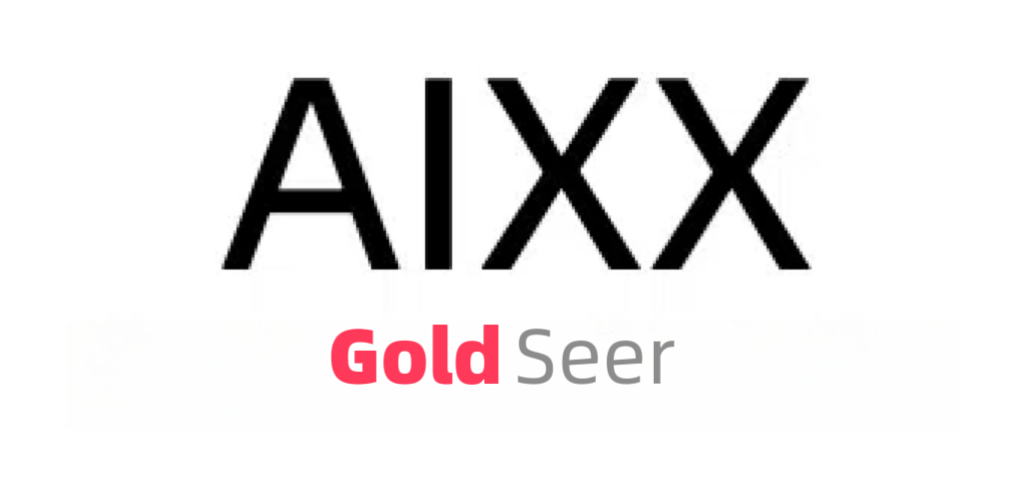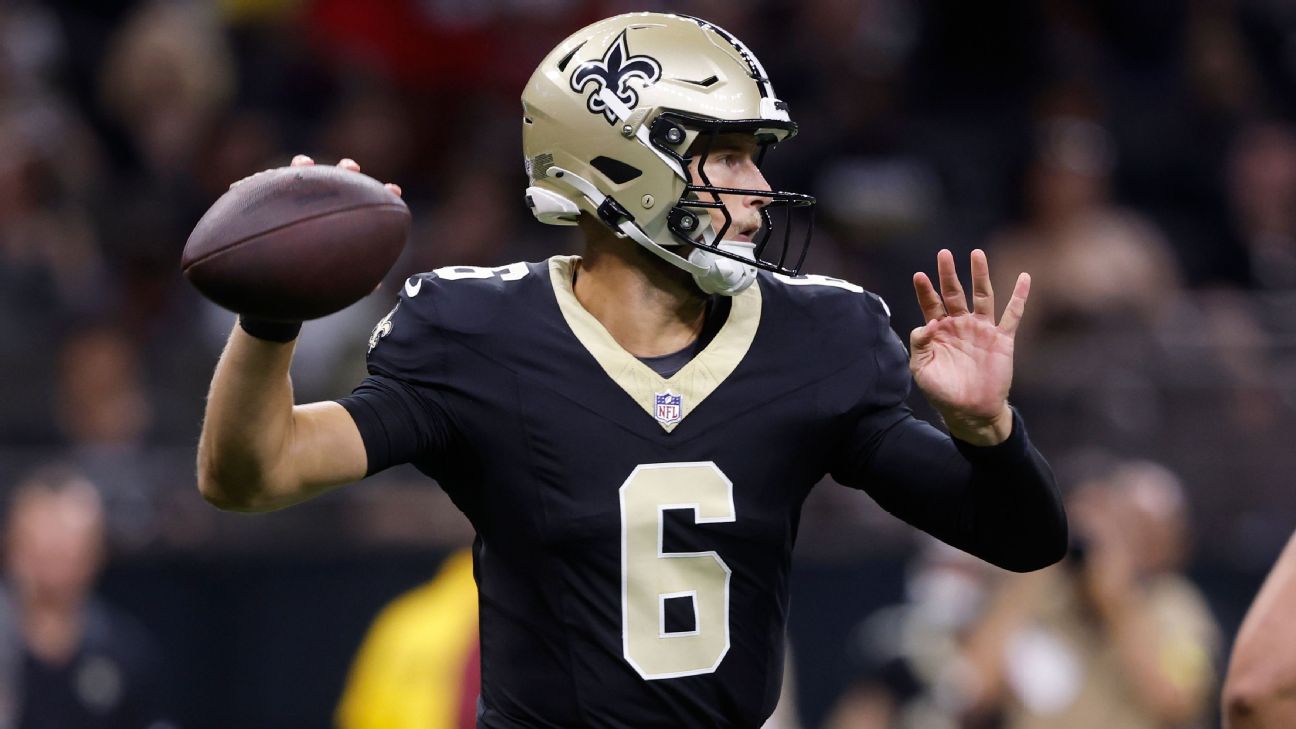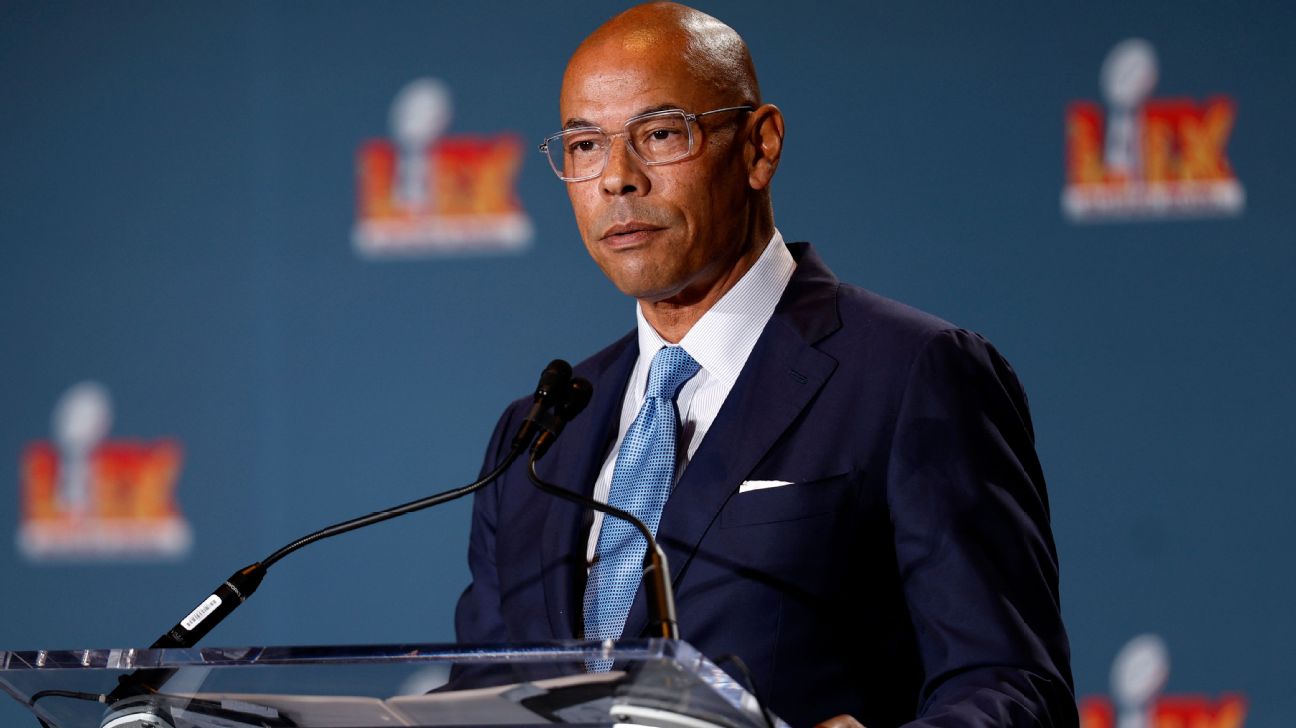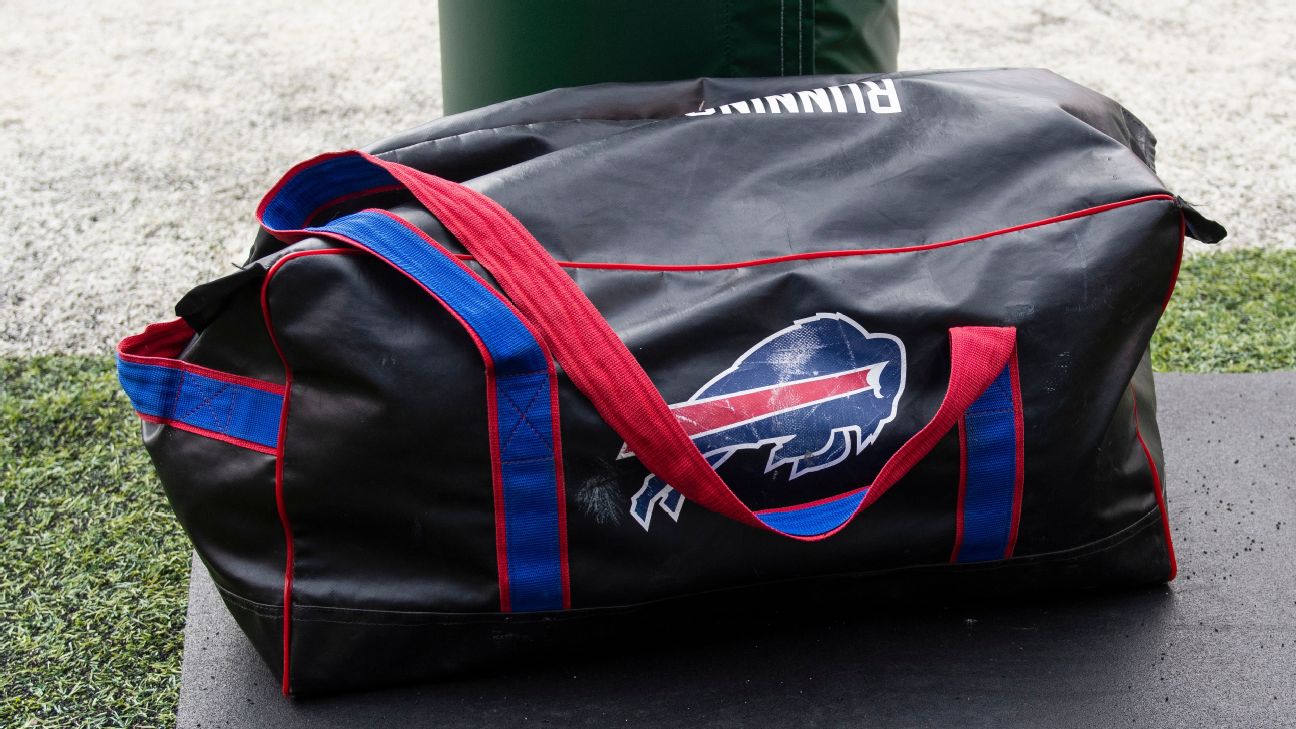The Future of NFLPA Leadership: Lessons from Lloyd Howell's Tenure
Exploring the challenges and lessons from Lloyd Howell's tenure as NFLPA leader, and what the future holds for player representation in the NFL.
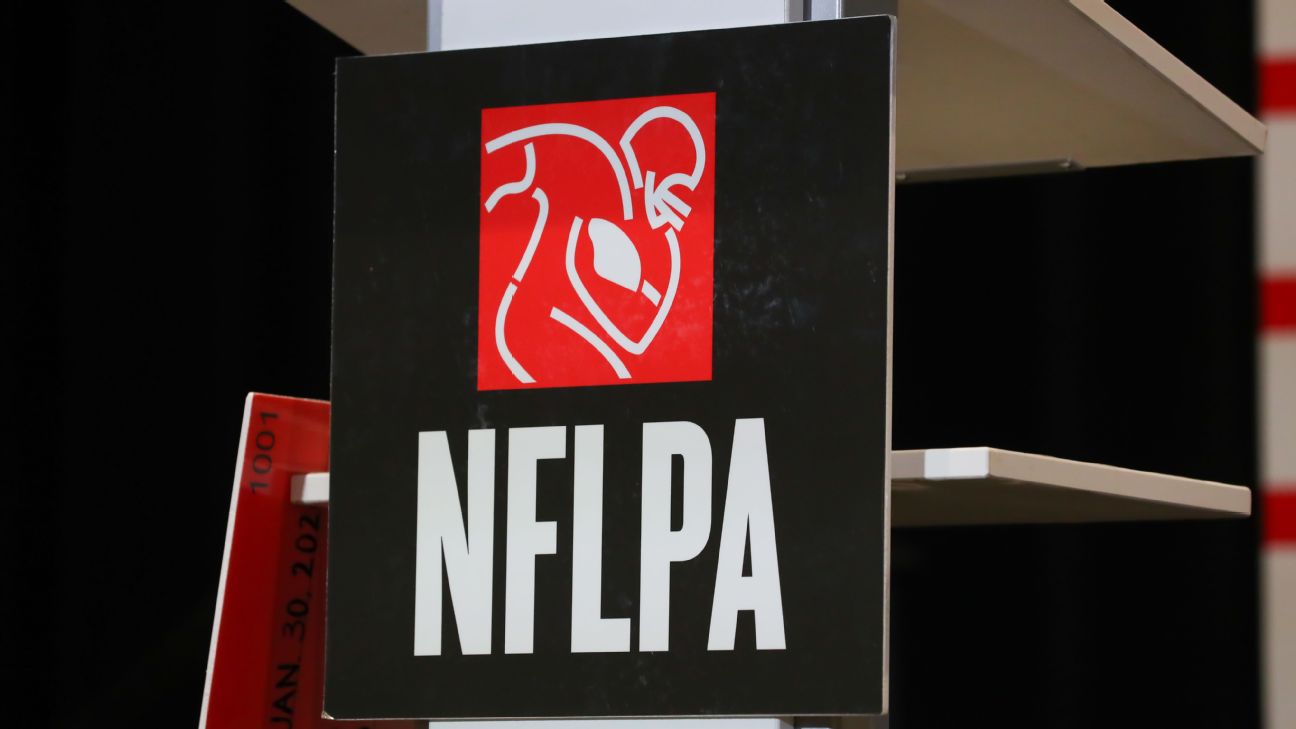
The tenure of Lloyd Howell Jr. as the head of the NFL Players Association (NFLPA) has been marked by controversy and missteps, revealing significant issues within the union's leadership structure. Howell's approach, which often seemed more focused on personal perks than on the core mission of representing players, has led to a reevaluation of what the NFLPA truly needs in its next leader.
The Parking Spot That Said It All
One of the most telling details about Howell's leadership was his insistence on having a custom parking spot at the NFLPA headquarters in Washington, D.C. Howell had two parking spaces combined into one oversized slot to accommodate his Porsche Cayenne Turbo, and he even labeled it with the number 32 as a tribute to his favorite player, O.J. Simpson. This seemingly trivial detail highlighted a larger issue: Howell's priorities were not aligned with the needs of the players he was supposed to represent.
A Union in Crisis
Howell's tenure was also marred by a series of questionable decisions, including a nondisclosure agreement with the NFL that buried findings from an arbitration case accusing owners of colluding to avoid giving star quarterbacks like Russell Wilson and Lamar Jackson guaranteed contracts. This should have been a significant victory for the union, but instead, it was swept under the rug, raising doubts about Howell's loyalty to the players.
The Need for a Labor-Focused Leader
The NFLPA now faces the critical task of finding a new leader who is fully committed to the principles of labor representation. Bob Stropp, a veteran labor lawyer, emphasizes the importance of hiring someone with a deep understanding of the labor movement, akin to Marvin Miller, who transformed the Major League Baseball Players Association into a powerhouse union. Stropp warns that the next leader must be all-in on the job, with no room for side gigs or divided loyalties.
Looking Ahead
As the NFLPA prepares for the next round of collective bargaining negotiations, the stakes could not be higher. The players need a leader who is willing to stand up to the owners and fight for their interests, rather than someone who is more concerned with the perks of the position. The lessons from Howell's tenure are clear: the NFLPA must prioritize leadership that is driven by a genuine commitment to labor, not by personal gain.
Conclusion
The NFLPA's next leader must be a force of nature, someone who is willing to make enemies and burn bridges if necessary to protect the interests of the players. The union cannot afford another leader who is more focused on where to park their Porsche than on the hard work of representing labor. The future of the NFLPA depends on it.
